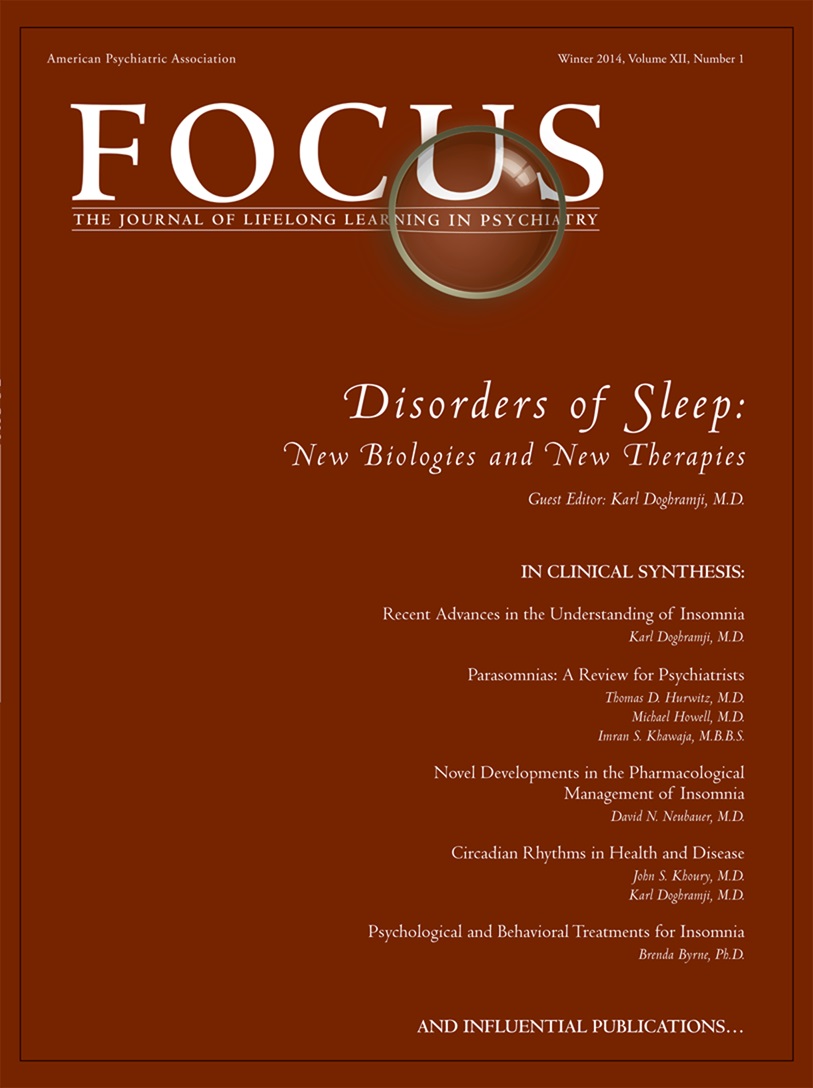Recent Advances in the Understanding of Insomnia
Abstract
Whereas once thought to be a benign malady, recent advances in sleep research confirm that insomnia is a common condition with a host of associated risks and consequences. Our view of insomnia is also shifting from a symptomatic complaint, to a distinct disorder with a host of psychological, neurophysiological, and genetic correlates. Recently completed longitudinal studies have also altered our view of the relationship between co-occurring insomnia and medical/psychiatric disorders, from a model of unidirectional causality to one of autonomous disorders interacting in a bidirectional fashion. These conceptual changes have served as the foundations of substantive changes in the diagnostic guidelines for insomnia in DSM−5.



